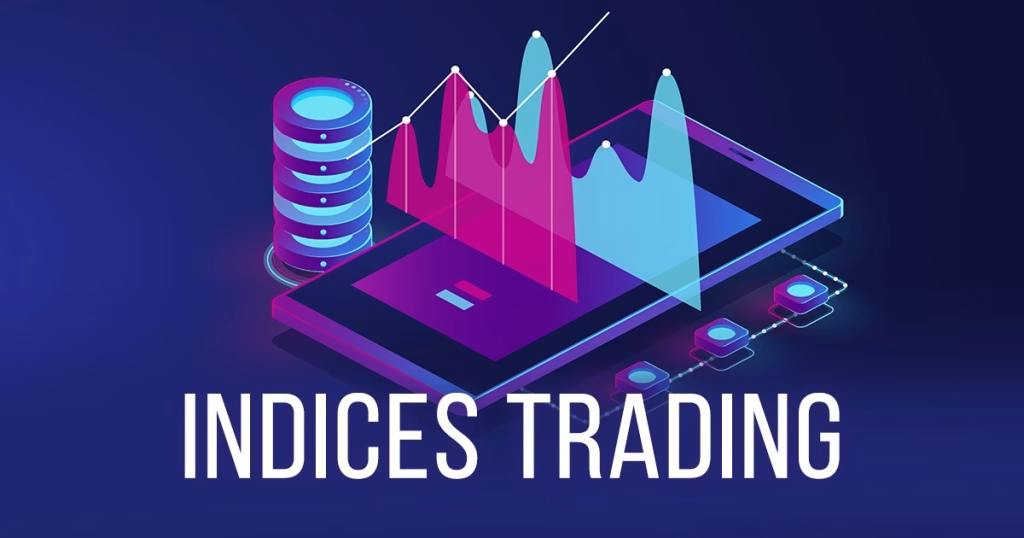Understanding Indices in Financial Markets
In the complex world of financial trading, indices play a fundamental role in market analysis, investment strategies, and overall economic health. This article will provide a comprehensive overview of what indices are, their types, how they function, and their importance in the financial landscape. Additionally, we’ll explore how you can leverage indices to enhance your trading strategy.
What are Indices?
Indices (plural of index) are statistical measures that represent the performance of a group of assets, typically stocks or bonds. They are designed to provide an insight into the overall market movement and economic trends. Indices offer a benchmark against which the performance of individual investments can be measured.
For example, the S&P 500 Index comprises 500 of the largest publicly traded companies in the U.S. An increase in the S&P 500 often indicates a bullish trend in the broader U.S. economy.

Importance of Indices
- Market Sentiment Indicator: Indices are used by investors to gauge market sentiment. If indices are rising, it often means investors are optimistic about economic performance, while declining indices can signal bearish sentiments.
- Diversification Tool: Investors can invest in indices through Exchange-Traded Funds (ETFs) or mutual funds. This allows for diversification, as buying into an index fund offers exposure to various underlying stocks.
- Benchmarking Performance: Indices serve as benchmarks for fund managers. If a mutual fund outperforms a relevant index over time, it may attract more investors.
- Economic Indicators: Economic analysts use indices to monitor the economy’s health. For instance, a booming index suggests overall economic growth, while a declining index may indicate stagnation or recession.

Types of Indices
Indices can be categorized into various types based on different criteria:
- Stock Market Indices: These measure the performance of a specific set of stocks. For example:
- Dow Jones Industrial Average (DJIA): An index of 30 significant publicly traded companies in the U.S.
- NASDAQ Composite Index: Covers all the stocks listed on the NASDAQ stock exchange, heavily weighted towards technology companies.
- Bond Indices: These measure the performance of bond markets. Popular examples include:
- Bloomberg Barclays U.S. Aggregate Bond Index: Represents the U.S. bond market, including government and corporate bonds.
- Commodity Indices: A reflection of the performance of various commodities, such as oil or gold.
- S&P GSCI: This index captures the performance of the commodities market.
- Sector Indices: These focus on specific sectors of the economy, such as technology or healthcare.
- S&P 500 Information Technology Index: Tracks technology companies within the larger S&P 500.
- Global Indices: These measure performance on a global scale, allowing for international market exposure.
- MSCI World Index: Comprises stocks from 23 developed countries.

How Indices Impact Trading Strategies
Understanding indices is vital for developing an effective trading strategy. Here are some ways in which indices can influence your trading decisions:
- Trend Analysis: Traders often analyze the movement of various indices to determine market trends. Technical analysis can be applied to indices just as easily as it can be to individual stocks.
- Sentiment Analysis: Sharply rising or declining indices can indicate market sentiment, helping traders make informed decisions about buying or selling stocks.
- Risk Management: Investing in index funds or ETFs can help manage risk effectively, as these instruments typically offer lower volatility compared to individual stocks.

How to Invest in Indices
Investing in indices can be intuitive, but there are several methods to consider:
- Index Funds: Mutual funds that aim to replicate the performance of a specific index. These funds are ideal for long-term investors looking for passive income.
- Exchange-Traded Funds (ETFs): These trade on exchanges just like stocks and can offer exposure to various indices.
- Futures Contracts: For more advanced traders, futures contracts allow you to speculate on the future performance of an index.
- Options: Options trading on indices provides opportunities for speculating or hedging. However, this method carries a higher risk and requires in-depth understanding.
Conclusion
Indices are indispensable tools for traders and investors alike. They serve as benchmarks, indicators of market sentiment, and vehicles for diversified investment. Understanding the types of indices and their significance can enhance your ability to navigate financial markets effectively. For more insights on trading strategies related to indices and other financial tools, explore Trading Market Signals.








